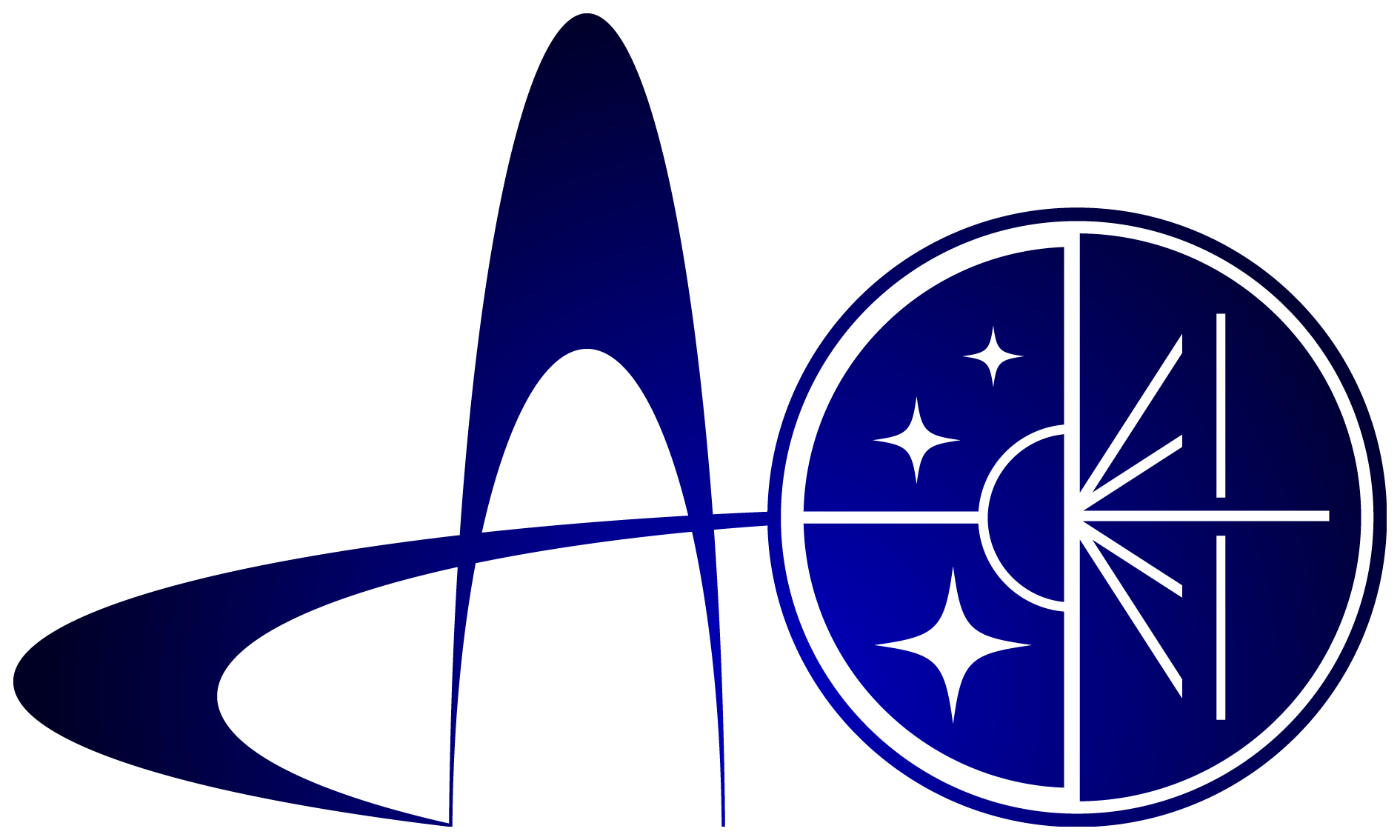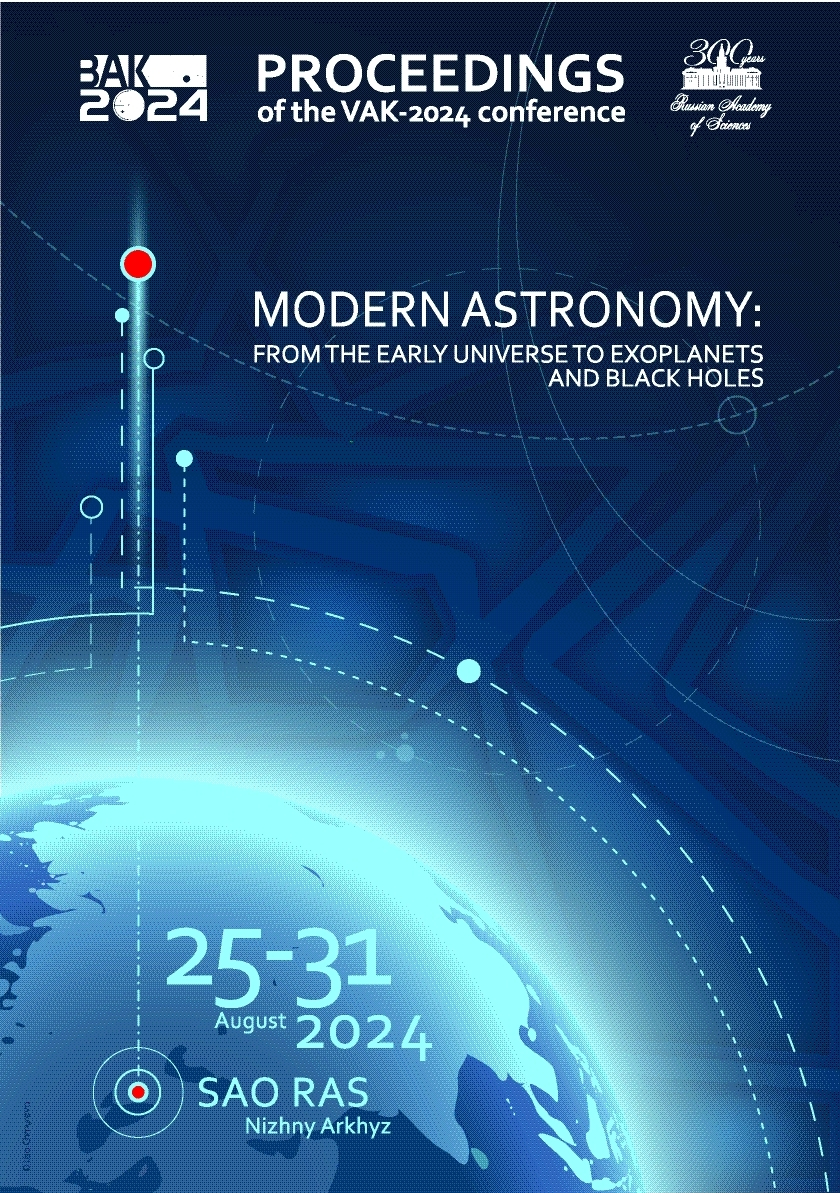UDC 53
UDC 520
UDC 521
UDC 523
UDC 524
UDC 52-1
UDC 52-6
CSCSTI 41.00
CSCSTI 29.35
CSCSTI 29.31
CSCSTI 29.33
CSCSTI 29.27
CSCSTI 29.05
Russian Classification of Professions by Education 03.06.01
Russian Classification of Professions by Education 03.05.01
Russian Classification of Professions by Education 03.04.03
Russian Library and Bibliographic Classification 2
Russian Library and Bibliographic Classification 223
Russian Trade and Bibliographic Classification 614
Russian Trade and Bibliographic Classification 6135
BISAC SCI004000 Astronomy
BISAC SCI005000 Physics / Astrophysics
We compose systems of empirical isochrones for single and binary stars with various components' mass ratio $q=M_{2}/M_{1}$ ($M_{2}$ – mass of the secondary component, $M_{1}$ – mass of the primary component) in order to search for unresolved binaries and multiple stars in open star clusters. We fit an empirical isochrone for single stars across the main sequence (MS) elements assigned using the HDBSCAN algorithm. Isochrones for binaries are obtained by shifting this empirical isochrone to values determined using PARSEC theoretical isochrones. We determine the parameter q for each source that lies within the corresponding intervals between the binary isochrones. We then plot a probability density distribution of the component mass ratio q and estimate the fraction of binaries in the cluster. This work is focuses on the study of close open star clusters with heliocentric distances less than 200 pc. We consider the color-magnitude diagrams (CMDs) in the Gaia photometric system and the two-index diagrams (TIDs) composed of bands in the visible and infrared wavelengths.
open clusters and associations: general; binaries (including multiple): close
1. Bressan A., Marigo P., Girardi L., et al., 2012, Monthly Notices of the Royal Astronomical Society, 427, p. 127
2. Dias W., Monteiro H., Moitinho A., et al., 2021, Monthly Notices of the Royal Astronomical Society, 504, p. 356
3. Gaia Collaboration , Vallenari A., Brown A., et al., 2023, Astronomy and Astrophysics, 674, id. A1
4. Hunt E. and Reffert S., 2023, Astronomy and Astrophysics, 673, id. A114
5. Malofeeva A., Mikhnevich V., Carraro G., and Seleznev A., 2023, Astronomical Journal, 165, p. 45
6. Malofeeva A., Seleznev A., and Carraro G., 2022, Astronomical Journal, 163, p. 113
7. Skrutskie M., Cutri R., Stiening R., et al., 2006, Astronomical Journal, 131, p. 1163
8. Wright E., Eisenhardt P., Mainzer A., et al., 2010, Astronomical Journal, 140, p. 1868






